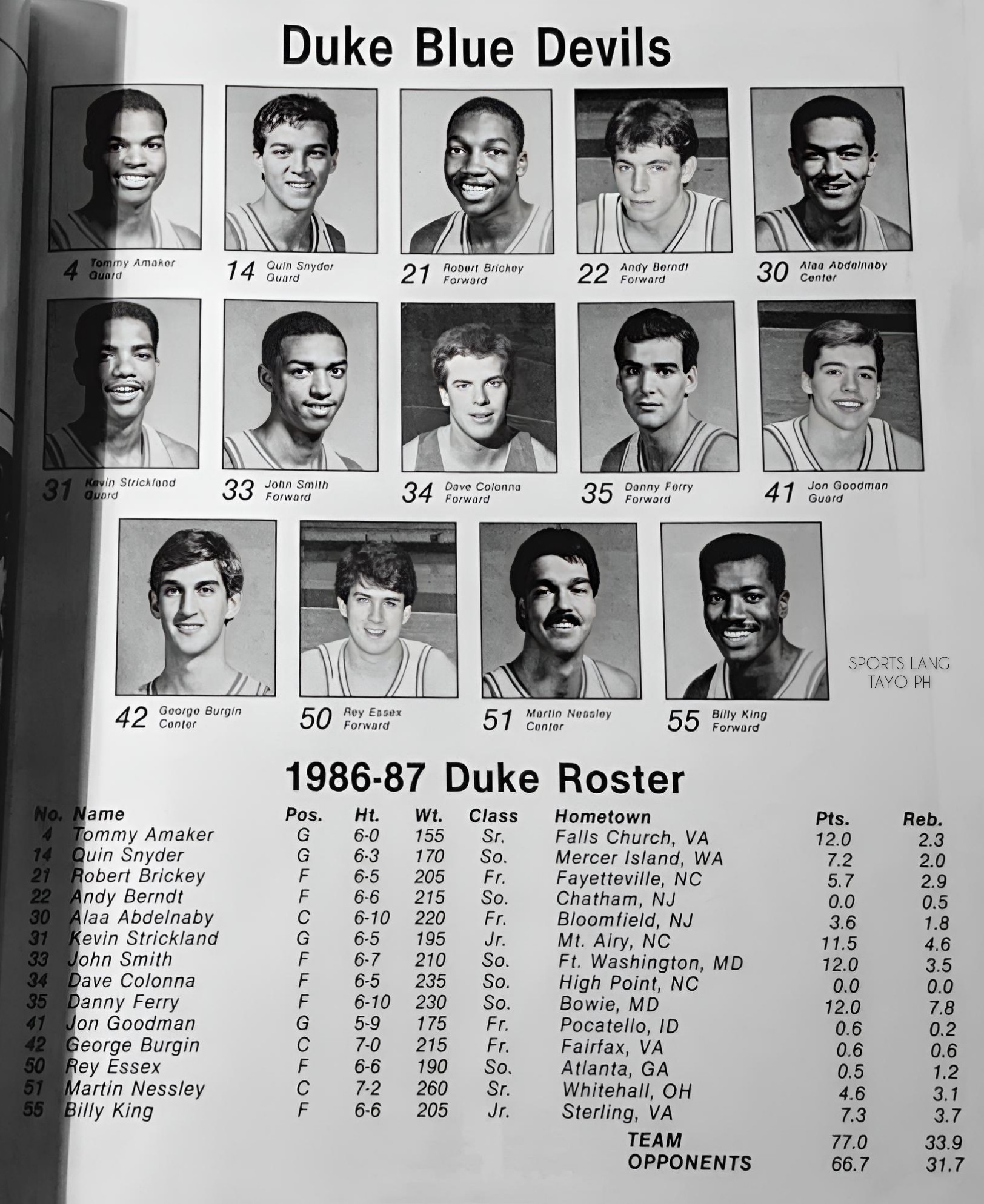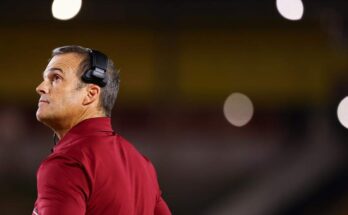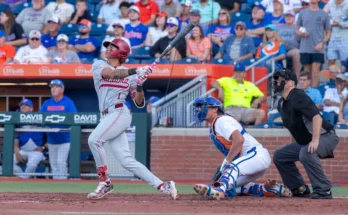The 1986-87 Duke Blue Devils Showed Early Glimpses of Greatness as Mike Krzyzewski’s Program Took Another Step Forward
The 1986-87 season was a significant chapter in the story of Duke basketball—a year that signaled the rise of a powerhouse under Head Coach Mike Krzyzewski, even if the ultimate goal of a Final Four appearance remained just out of reach. The Blue Devils, led by a talented and balanced roster, finished the campaign with a 24-9 overall record, including a 9-5 mark in the always-competitive Atlantic Coast Conference. Their postseason journey ended in the Midwest Regional Semifinal at the hands of a loaded Indiana squad, but the season planted the seeds for Duke’s dominance that would soon define the late ’80s and early ’90s.
Duke’s starting lineup reflected both experience and versatility. At point guard, the reliable Tommy Amaker orchestrated the offense with poise and precision. Amaker’s leadership was recognized nationally as he earned All-ACC Second Team honors, NCAA Tournament All-Region recognition, and the prestigious NABC Defensive Player of the Year award. His presence on both ends of the court was invaluable for Duke, setting the tone for a defensive identity that would become synonymous with the program.
Joining Amaker in the backcourt was Kevin Strickland, a steady contributor known for his perimeter defense and timely plays. Billy King added further defensive tenacity on the wing, providing hustle and versatility. The frontcourt featured John Smith and the emerging star Danny Ferry, whose all-around game made him the cornerstone of Duke’s attack.
Ferry, who would go on to become one of the most decorated players in Duke history, led the Blue Devils in scoring (14.0 points per game), rebounding (7.8 rebounds per game), and assists (4.3 assists per game)—a testament to his multifaceted skill set. His performance earned him All-ACC Second Team honors, solidifying his status as one of the conference’s brightest young stars.
Duke’s bench showcased valuable depth, with notable contributions from players like Robert Brickey, a high-flying freshman forward; Jon Goodman; and Quin Snyder, who provided leadership and minutes at the guard spot. Snyder’s cerebral approach to the game foreshadowed his eventual transition into coaching, where he’d carve out a successful NBA coaching career. Alaa Abdelnaby, another future NBA player, supplied size and interior presence off the bench, while George Burgin, Dave Colonna, Andy Berndt, Rey Essex, and Martin Nessley rounded out a roster filled with developing talent.
Throughout the regular season, Duke faced the gauntlet of the ACC, competing against the likes of North Carolina, NC State, and Georgia Tech in one of the nation’s toughest conferences. Their 9-5 ACC record reflected both the team’s competitiveness and the challenges that came with consistently battling elite opposition.
Despite some ups and downs, the Blue Devils demonstrated resilience and growth, entering the NCAA Tournament as a No. 5 seed in the Midwest Region. Expectations were high for Krzyzewski’s group, especially given their defensive pedigree and emerging offensive chemistry.
Duke’s tournament run began with a hard-fought victory over No. 12 seed Texas A&M, a defensive battle that ended 58-51 in favor of the Blue Devils. The game showcased Duke’s hallmark defense and ability to execute under pressure, qualities that had been instilled by Krzyzewski’s relentless coaching style.
In the second round, Duke faced No. 13 seed Xavier, a team fresh off an upset win. Once again, the Blue Devils rose to the occasion, grinding out a 65-60 victory to punch their ticket to the Sweet 16. It was a testament to the maturity of the roster and the leadership of players like Amaker and Ferry, who controlled the tempo and made key plays when it mattered most.
However, the Midwest Regional Semifinal would prove to be the end of Duke’s tournament aspirations. Matched up against No. 1 seed Indiana, coached by the legendary Bob Knight, the Blue Devils fought valiantly but ultimately fell short, losing 88-82 in a high-scoring, back-and-forth contest. The Hoosiers, led by future NBA players and playing with the confidence of a top seed, capitalized on key moments to outlast Duke, ending their season.
While the loss was disappointing, it highlighted the potential brewing within Krzyzewski’s program. The 1986-87 season was only Coach K’s seventh year at Duke, but by this point, it was clear he was building something special in Durham. The Blue Devils had transformed from a solid program into a legitimate contender, with national recognition and a foundation of talented, high-character players.
In retrospect, this season can be viewed as a stepping stone toward Duke’s eventual national prominence. Within two years, Duke would reach back-to-back national title games (1989 and 1990), and by 1991, they would capture their first NCAA championship under Krzyzewski. Many of the lessons learned during the 1986-87 campaign—dealing with adversity, competing in pressure moments, and maintaining defensive discipline—became part of the fabric of Duke’s identity moving forward.
Individually, several players from the 1986-87 squad went on to make significant marks in basketball beyond college. Danny Ferry became a consensus All-American, ACC Player of the Year, and a high NBA Draft pick. Tommy Amaker, known for his defensive prowess and leadership, transitioned into coaching, enjoying success at programs like Seton Hall, Michigan, and Harvard. Quin Snyder likewise became a respected coach at both the collegiate and professional levels.
The legacy of the 1986-87 Duke Blue Devils is rooted in growth, perseverance, and the evolution of a program that would soon sit atop the college basketball world. For Duke fans, it was the year the Blue Devils proved they could hang with anyone, the year they announced themselves as more than just a promising group—they were contenders, and their best days were yet to come.
As history shows, that belief was not misplaced.



